‘Almost heaven’? Here’s why West Virginia is the place to go
From white-water rafting to bluegrass concerts, here are 10 wild and wondrous ways to experience the Mountain State.
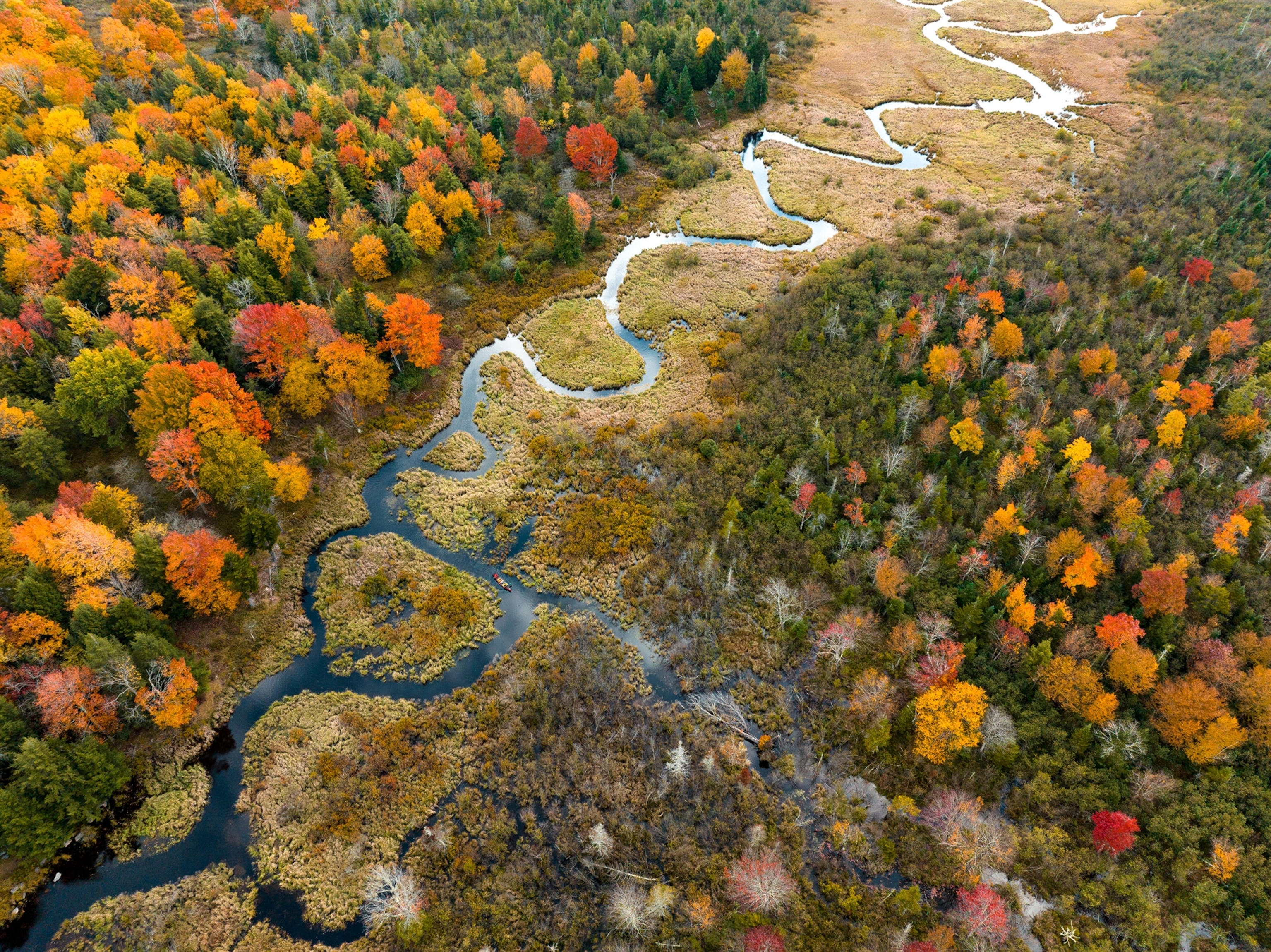
West Virginia’s Blue Ridge peaks, dramatic gorges, and rushing rivers put it on the map for hikers, rafters, and rock climbers. But the Mountain State isn’t just an adventure destination—it’s also home to historic Civil War sites, old-time music venues, and some of the best stargazing in the United States. We consulted local artists, chefs, and Nat Geo staffers from the region to plot your course in the place that the classic country song calls “almost heaven.”
Catch the wild waters in New River Gorge

At the New River Gorge National Park and Preserve, hikers explore 100 miles of paths, anglers hook smallmouth bass, and rock climbers scale sandstone cliffs on 70,000 wooded, mountainous acres. But the most heart-pumping way to see America’s newest national park? Hop a guided white-water rafting trip (one of National Geographic’s top 20 Best of the World travel adventures for 2024). “Running the Lower Gorge with Class III to V rapids was a blast, and made for a challenging day,” says Anne Farrar, a National Geographic photo editor who grew up near the West Virginia-Ohio border. “Learning to dump a raft, flip it, and climb back in safely was pretty cool. I can’t wait to go back and spend more time on the epic river.”
Dive into Civil War history in Harpers Ferry
Travelers step back in time at Harpers Ferry National Historical Park, a riverside settlement with ties to the Civil War. “The whole town is a walkable museum with furnished 19th-century buildings—a dry goods shop, a tavern—you can peer into,” says Ryleigh Nucilli, a native West Virginian and National Geographic’s director of digital content. You can also visit John Brown’s Fort, the 1848 armory where Brown and his followers staged their famous, doomed anti-slavery rebellion. The park, located at the confluence of the Potomac and Shenandoah Rivers, also has 22 miles of Blue Ridge hiking trails, many with dazzling mountain and water views.
Go cross-country skiing in a “snow bowl”
Thanks to its elevation (3,200-5,000 feet) and basin-shaped geography, the Canaan Valley region of eastern West Virginia averages about 150 inches of snow a year—a boon for winter recreation. Paper artist Nevada Tribble, who lives in Elkins, recommends renting cross-country skis and gliding off from the White Grass Ski Touring Center, with its 31 miles of groomed paths and a cozy café for après-ski soup, microbrews, and brownies. “The trails take you on lovely journeys through the woods,” says Tribble. “There are wind shelters along the trail where you can scoop up birdseed and try to entice the winter songbirds to land on you.”
Travelers can also rent snowshoes to troop around White Grass, Canaan Valley Resort State Park, or the wintery wilds of the Monongahela National Forest’s Dolly Sods and Cranberry Wilderness areas.
See the stars—and a mammoth telescope
In the remote Potomac Highlands of eastern West Virginia, mountainous Pocahontas County gives travelers stellar stargazing ops at three state parks with International Dark Sky Association designation: Calvin Price State Forest, Droop Mountain Battlefield, and Watoga State Park. The last, the state’s largest state park, has cabins, campsites, and an observation tower.

The county also holds the world’s largest fully steerable radio telescope at the Green Bank Observatory, a 485-foot-high, 17-million-pound behemoth used for atmospheric studies, satellite tracking, and spacecraft monitoring. Visitors can walk or bike on paved trails around the scope or join guided tours inside the observatory. Each July the Green Bank Star Quest has rocket launches for kids and astronomy programs.
Take the waters in Berkeley Springs
In the Eastern Panhandle of Western Virginia, warm mineral water has been luring soakers to Berkeley Springs since as far back as the colonial era. The centerpiece of the spa town, Berkeley Springs State Park has hot tubs, sauna sessions, and massages in structures including the historic 1812 Old Roman Bath House. Find antiques stores, indie shops, and a handful of wellness boutiques in the town’s walkable 19th-century downtown.
Try the farm-to-table food
“We are hunters and gatherers in Appalachia,” says Paul Smith, the James Beard Award-nominated chef of Charleston’s 1010 Bridge restaurant. “We cook what’s in season—the beans, the tomatoes, the peppers—and then, pickle, cure, or ferment them, so we can use them all year.” At his restaurant in the West Virginia capital, that might mean johnny cakes with local apple slaw or trout over kimchee made from foraged ramps (wild leeks).


At Lost Creek Farm, popular suppers held May through September star dishes such as spicy cold peach soup and wild mushroom “bologna,” which are “rooted in Appalachian heritage but also avant-garde,” says Nucilli.
Descend into the state’s mining history
Mountainous West Virginia has a long history of coal mining. Learn more at the Beckley Exhibition Coal Mine, where visitors ride “mantrip” cars 1,500 feet into a shaft, guided by headlamp-wearing former miners. “When you go into the mine and hear the click and clack, you think of those countless men and women who have gone deep down in the Earth,” says T. Ramon Stuart, president of West Virginia University Institute of Technology in Beckley.
Explore the crafts scene
From quilt making to wood carving and weaving, mountain crafts have a long history in West Virginia. Shop for both traditional and contemporary wares by 500 local artisans and makers at the Tamarack Marketplace, a cultural center in Beckley. The spot hosts crafts demos and a food court serving local dishes such as pepperoni rolls—an Italian American snack popular with miners.
Or head to Thomas, a former coal town-turned-art haven in Tucker County. On East Avenue, Those Who Bloom sells affordable prints by Appalachian creatives in a rehabbed 19th-century storefront, and Nellie Rose Textiles offers colorful, hand-dyed women’s clothing and accessories.
Hike or climb a dramatic rock formation

Like a mouth of snaggled stone teeth, Seneca Rocks juts out of the mountainside in the Eastern Panhandle above the North Fork River. The imposing quartzite formation—one of West Virginia’s most distinctive natural landmarks—can be explored via a steep, short hike or on a guided horseback ride. Experienced rock climbers also gravitate to the area to scale Seneca Rocks and neighboring Champe Rocks.
Hear some mountain music
The wail of fiddle, the steely twang of a banjo—bluegrass and old-time music have their roots in Appalachia and West Virginia. Catch these and other distinctive sounds at frequent live recordings of NPR’s legendary Mountain Stage show at the Culture Center in Charleston or take in an outdoor jam at the Appalachian String Band Festival each summer in Clifftop.
“The sawtooth, jagged nature of the music and the local landscapes is an intriguing combination,” says Trent Wagler, a banjo player and singer. His Americana band The Steel Wheels often takes the stage at The Purple Fiddle in Thomas, a vintage general store-turned-concert venue and pub. “It’s the kind of place a jam session would likely unfurl on its own even if there wasn’t a band booked.”
Other live music venues include 123 Pleasant Street in Morgantown (“It’s got a cool stage and vibe in a college town,” says Wagler), and the circa-1902 Carnegie Hall in Lewisburg, where The Legends of WV Bluegrass frequently perform.
For more tips on what to do in West Virginia, see our Explorer’s Guide.
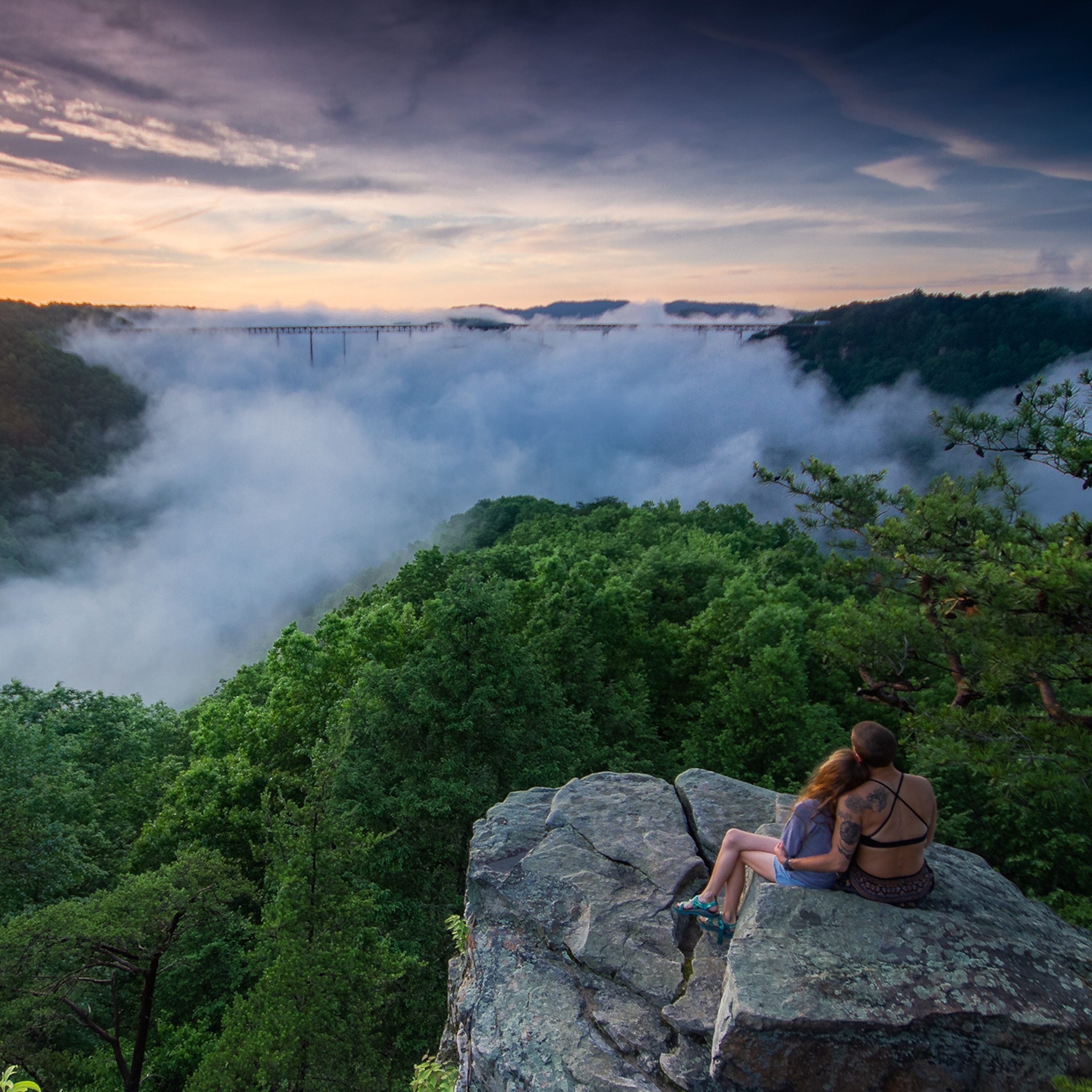


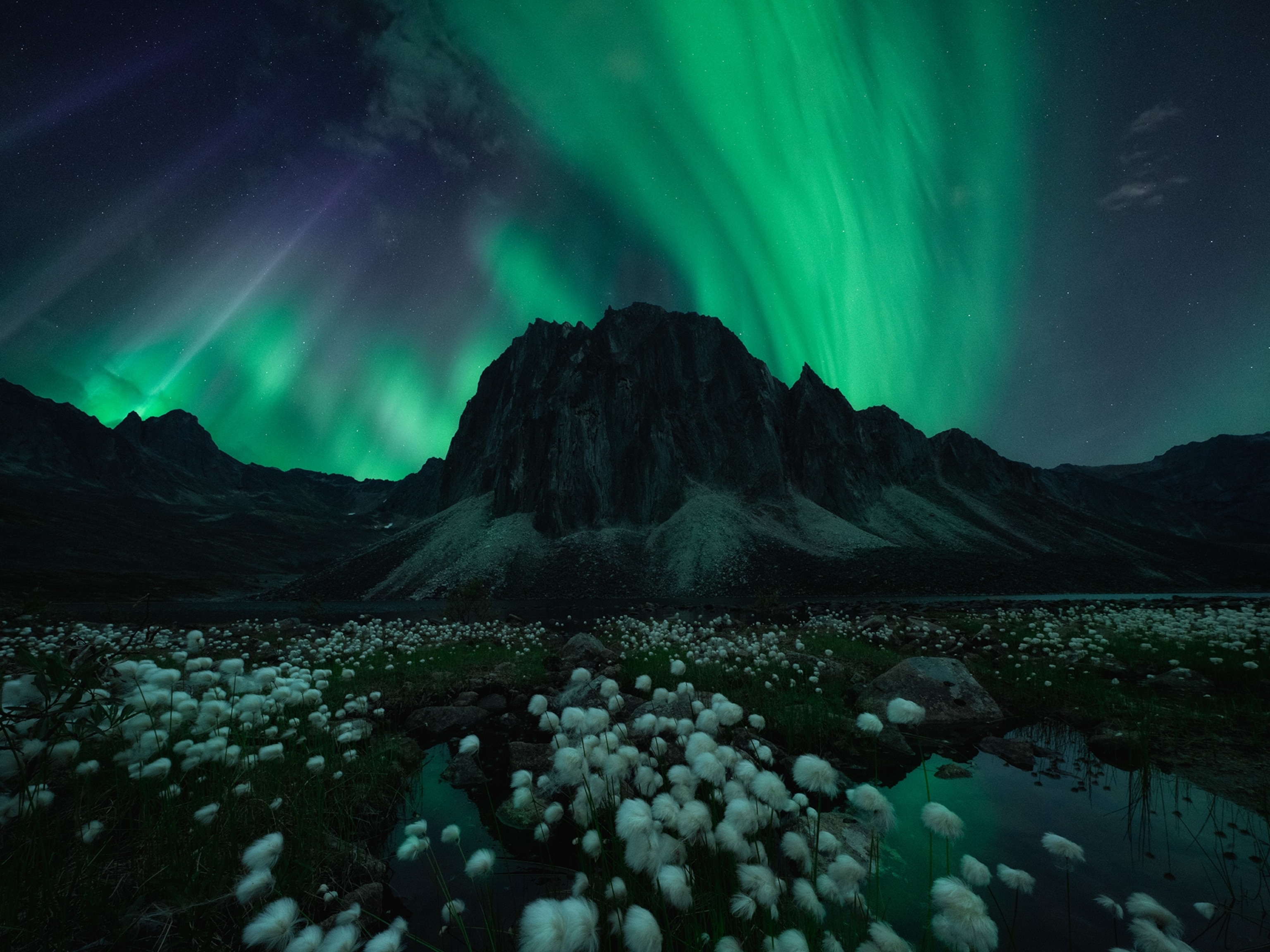
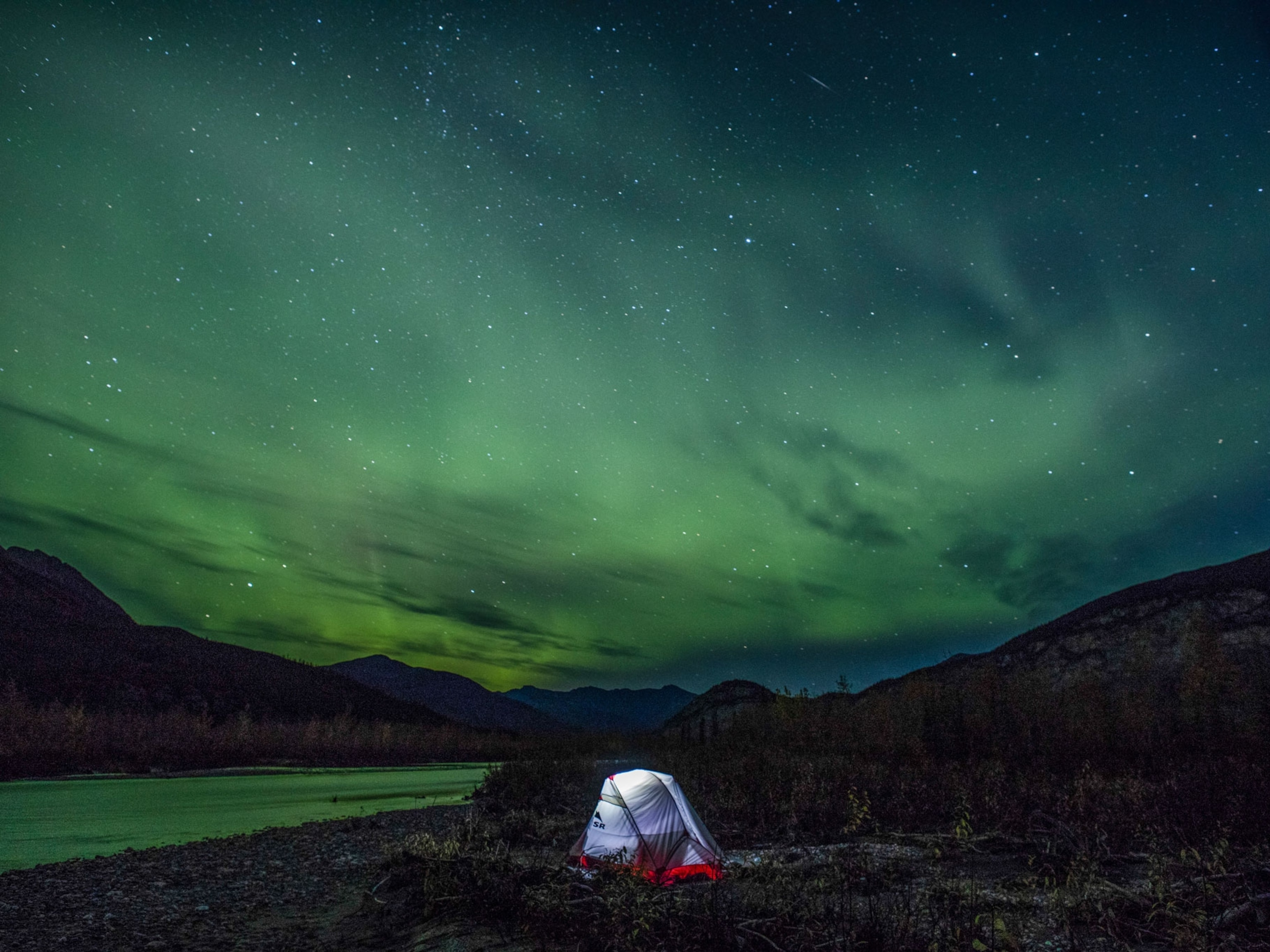
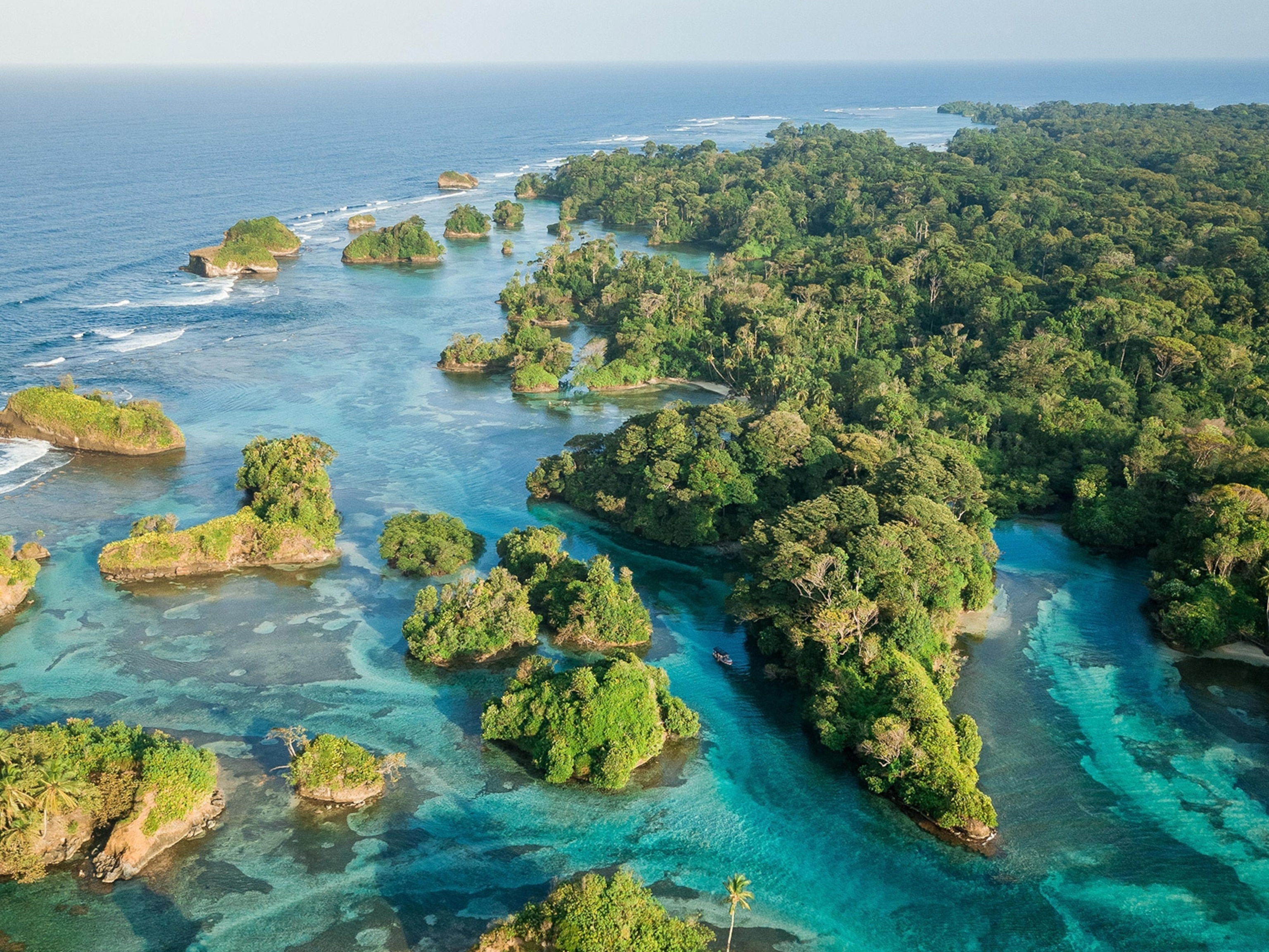

_4x3.jpg)